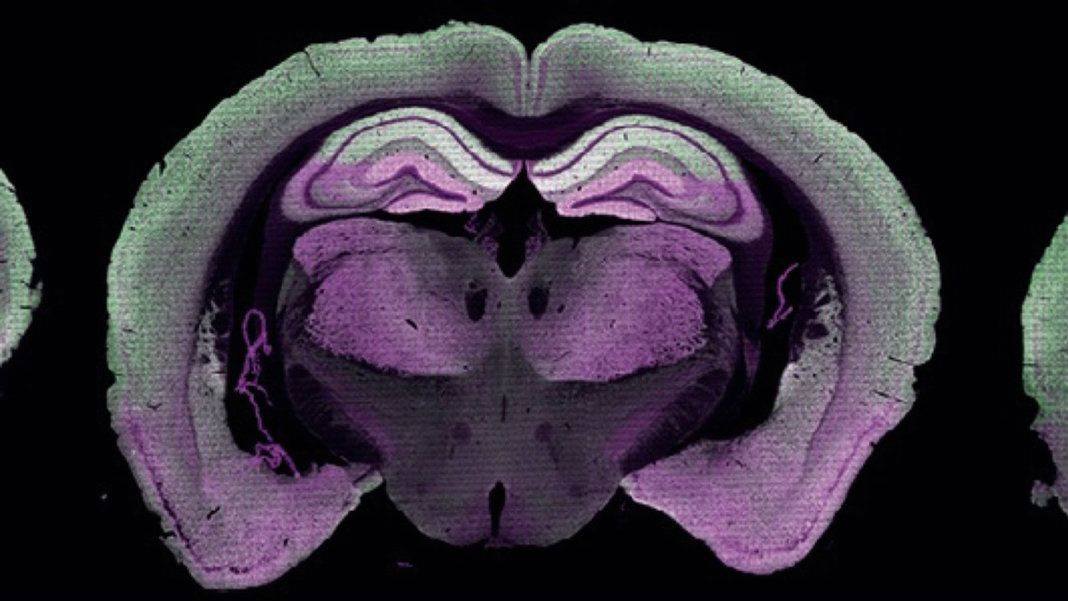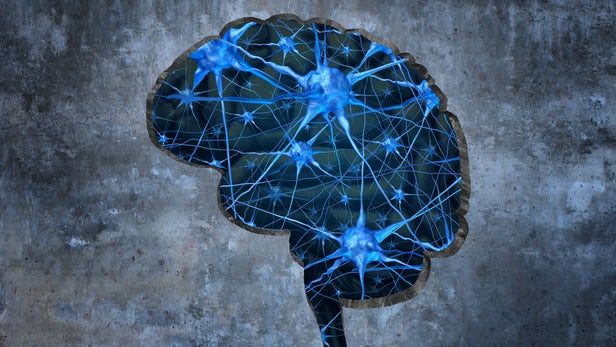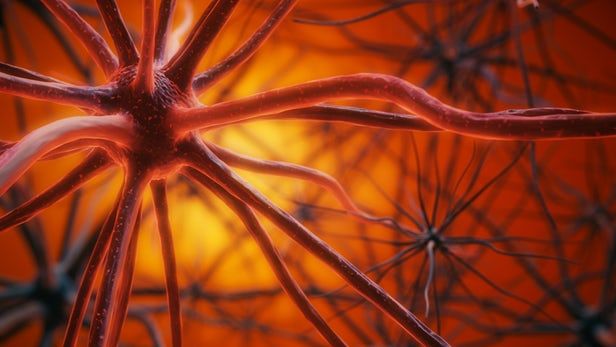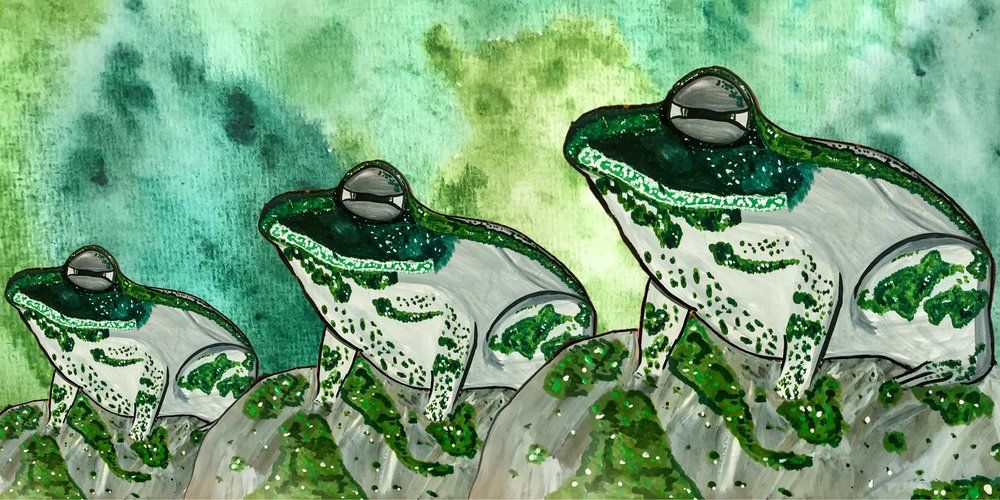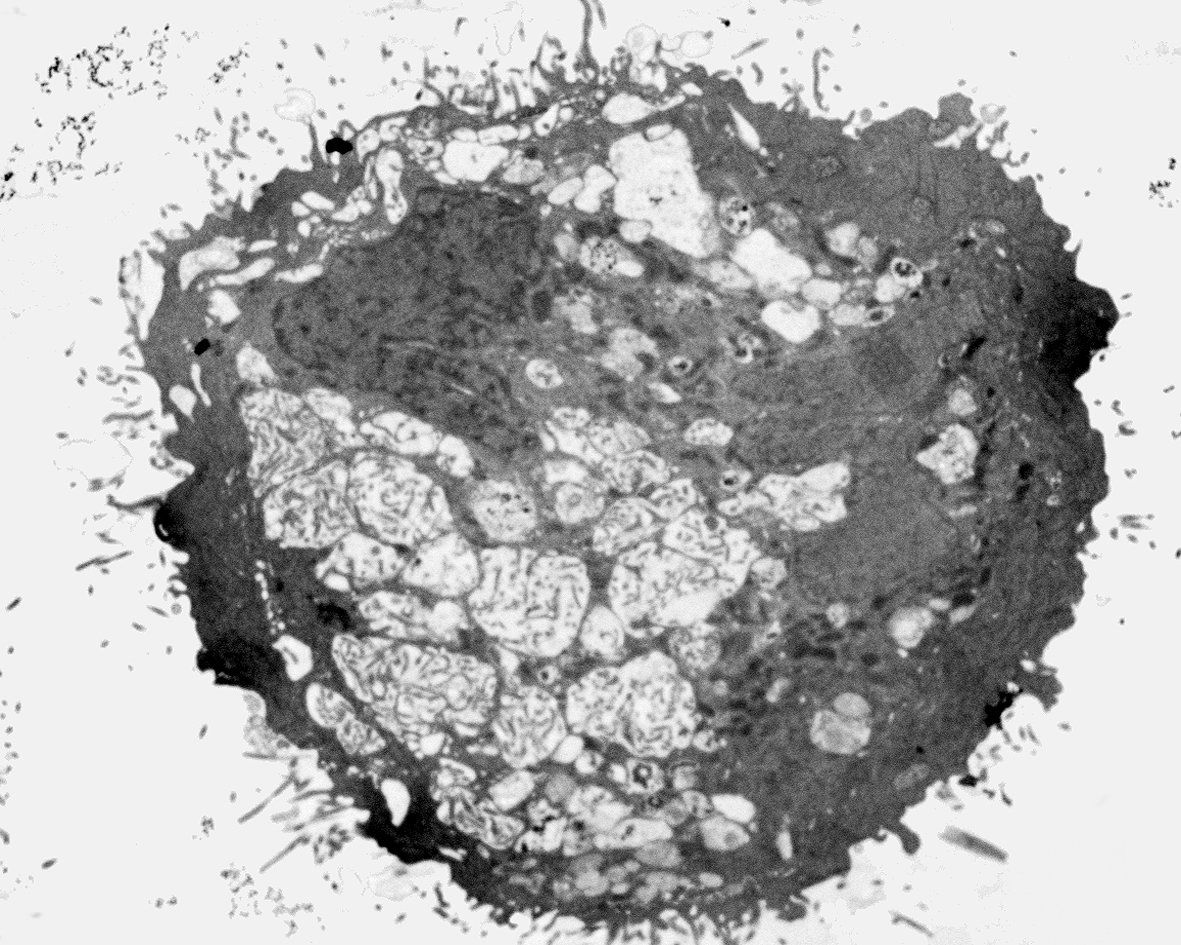Art is sometimes the easiest way of understanding the mysterious and unknowable.
The Art of Neuroscience competition, organized by the Netherlands Institute for Neuroscience, solicited entries from around the world to help “make the research from neuroscience labs more tangible…[and] for scientists to evaluate their own work from a different perspective.” The recognized entries come from practicing scientists presenting their work in creative ways as well as artists who have collaborated with scientists.
The work illustrates both the physical complexity of human brains—and the sensitivity of our mental conditions.


